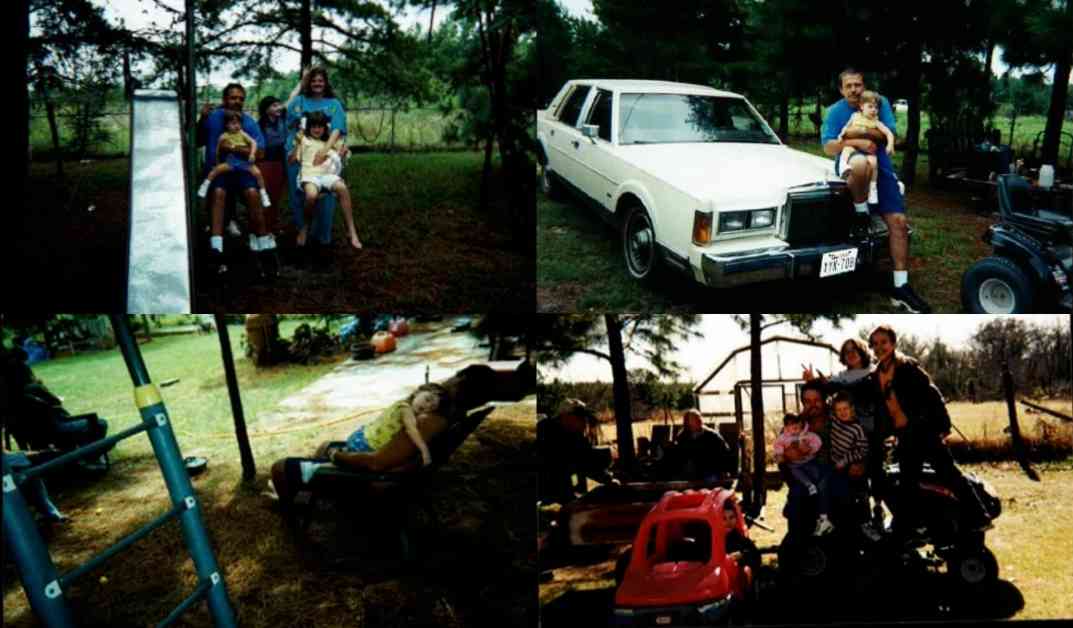Update: The Texas Court of Criminal Appeals recently dismissed both a habeas corpus application and a motion for stay of execution filed by Robert Roberson’s defense team. This means that Roberson is scheduled to be executed on October 17, pending the decision of Governor Greg Abbott and the Texas Board of Pardons and Paroles. This decision has left Roberson’s fate in the hands of these two entities, with his attorney Gretchen Sween emphasizing the urgency of preventing what she believes to be the execution of an innocent man.
The innocence claims of Robert Roberson, III, who was convicted of killing his 27-month-old daughter in 2002, were brought to light during a hearing that began on August 14, 2018. Defense attorney Gretchen Sween raised concerns about missing crucial evidence, specifically scans of the young girl’s head taken before her death and shortly after. These scans could have provided essential context to Nikki’s death by helping to determine if she truly died of abusive trauma or if Roberson’s account of her falling out of bed and sustaining a head injury was accurate.
The discovery of these previously missing scans in a box of evidence found in the courthouse’s basement was likened to a scene from a legal drama by Sween. The lost evidence had a significant impact on the subsequent expert testimonies and findings presented in Roberson’s defense. For instance, pediatric radiologist Dr. Julie Mack’s examination of the scans revealed evidence of a single impact site, contradicting the previous testimony of a Dallas forensic pathologist about multiple impact sites.
The case revolves around the controversial diagnosis of shaken baby syndrome (SBS), which has been the subject of much debate and scrutiny in recent years. The changing understanding of this diagnosis has led to questions about the legitimacy of convictions based on SBS, with many cases being reexamined and overturned due to evolving medical knowledge. Roberson’s defense team has been advocating for a new trial based on this changing scientific landscape.
The tragic circumstances surrounding Nikki’s death, coupled with the evolving scientific understanding of SBS, have created a complex legal battle for Roberson’s innocence. The case highlights the need for a thorough and comprehensive review of past convictions based on outdated or debunked forensic science, ensuring that justice is served and innocent individuals are not wrongfully punished.
As the execution date approaches, Roberson’s fate hangs in the balance, awaiting the final decisions of the state authorities. The ongoing legal proceedings and appeals underscore the need for a fair and just legal system that takes into account the latest scientific advancements and ensures that no innocent person is wrongfully convicted or executed.


